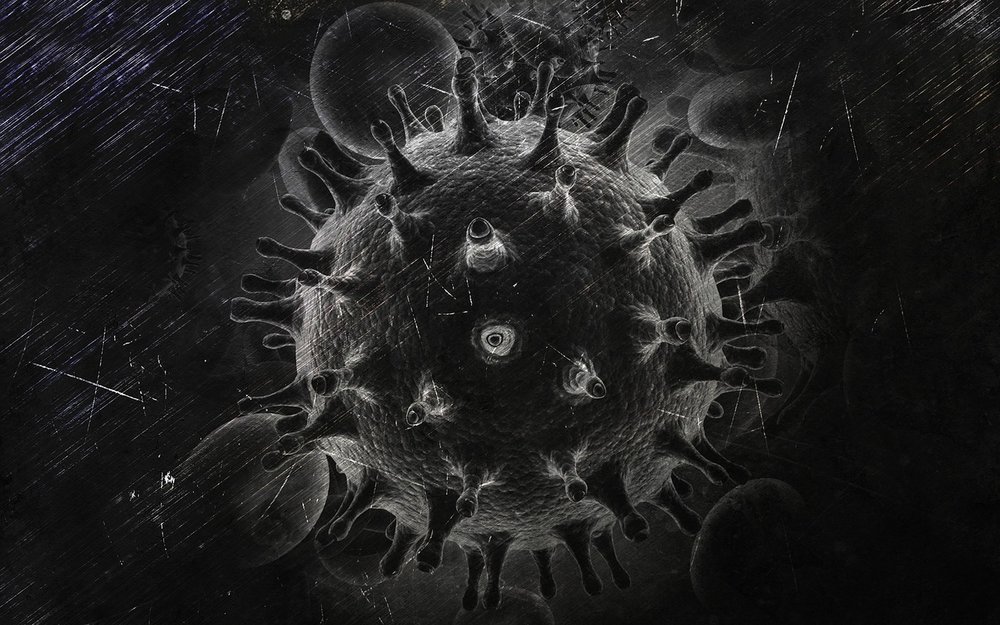Scientists hope an end to the Aids epidemic could be in sight after eight years long study found men whose HIV infection was fully suppressed by antiretroviral drugs had no chance of infecting their partner. Not a single one of the HIV-negative men contracted the virus from their partner. The success of the medicine is notable and raises hope. If everyone with HIV were fully treated, there would be no further infections.
Almost 1,000 male couples across Europe participated in the research. In each couple, one partner was HIV-positive and taking antiretroviral drugs to suppress the infection, while the other partner was HIV-negative. There were no cases of transmission of the infection to the HIV-negative partner during sex without a condom (a total of approximately 77,000 sexual encounters). 15 men were infected with HIV during study but DNA testing proved that was through sex with someone other than their partner who was not on treatment. The researchers have published the results in the medical journal The Lancet.
Prof Alison Rodger from University College London, the co-leader of the paper said earlier studies have also shown the treatment protects heterosexual couples where one partner has HIV.
“Our findings provide conclusive evidence for gay men that the risk of HIV transmission with suppressive ART (antiretroviral therapy) is zero. Our findings support the message of the international U=U campaign that an undetectable viral load makes HIV untransmittable,” she said for The Guardian.
There were approximately 40 million people worldwide living with HIV in 2017, of whom 21.7 million were on antiretroviral treatment. An estimated 101,600 people are living with HIV in the UK, and of these, about 7,800 are undiagnosed. Rodger emphasizes the importance of wider dissemination of study results. Also, countries should strive toward ensuring that all HIV-positive people have access to testing, effective treatment, adherence support and linkage to care to help maintain an undetectable viral load.
Myron S. Cohen of the UNC Institute for Global Health and Infectious Diseases at Chapel Hill in North Carolina thinks there are still obstacles in testing and treating everyone who has HIV.
“It is not always easy for people to get tested for HIV or find access to care; in addition, fear, stigma, homophobia and other adverse social forces continue to compromise HIV treatment,” he said. “Diagnosis of HIV infection is difficult in the early stages of infection when transmission is very efficient, and this limitation also compromises the treatment as prevention strategy.”
According to the National Aids Trust, 97% of people on HIV treatment in the UK have an undetectable level of the virus, meaning they cannot pass it on. New diagnoses have been declining since their peak in 2005, with figures from 2017 showing a 17% drop from 2016 and a 28% drop compared to 2015. A major challenge presents late diagnosis. It is still accounting for about 43% of new HIV diagnoses. Of those diagnosed with HIV, 69% of black African heterosexual men were diagnosed late; 61% of people aged 65 and older; and only 33% of gay and bisexual men were diagnosed late.
“If we don’t reduce late diagnosis, there will always be those who are not aware of their HIV status and who therefore cannot access treatment,” said Deborah Gold, the National Aids Trust chief executive. “We think that the findings from this study could be incredibly powerful in breaking down some of the barriers to testing in communities where there is still a lot of stigma around HIV.”
Cohen is optimistic about future treatment of Aids. Since the beginning of the study antiretroviral drugs have become more effective, reliable, durable and much less expensive, he said. Results of this study are one more catalyst for a universal test-and-treat strategy and hope for ending Aids.
Alex Sparrowhawk (34) took part in the study. He has been living with HIV for almost 10 years. In the beginning, he was taking four pills a day for antiretroviral treatment. Once his viral load came down to undetectable levels several months later, his therapy was reduced to one pill. Today he knows he has not been able to transmit the virus to anyone.
Although doctors told him the possibility of transmitting HIV to his partner was tiny, it was a source of anxiety. “You’d be told it was very unlikely, or that it was only possible under certain circumstances like having an STI,” he said. “But you’re constantly worried about these caveats and you go through this worry together.
“Now we can say zero risk, which is just so much more empowering for people. It’s a huge weight off your shoulders.”
Researchers and participants hope the findings will help transform public attitudes about HIV. A lot of stigma is driven by fear of being exposed to virus and if more people knew about this study, situation could slowly change.
Learn more interesting facts about this topic in the video below:
By Andreja Gregoric, MSc











